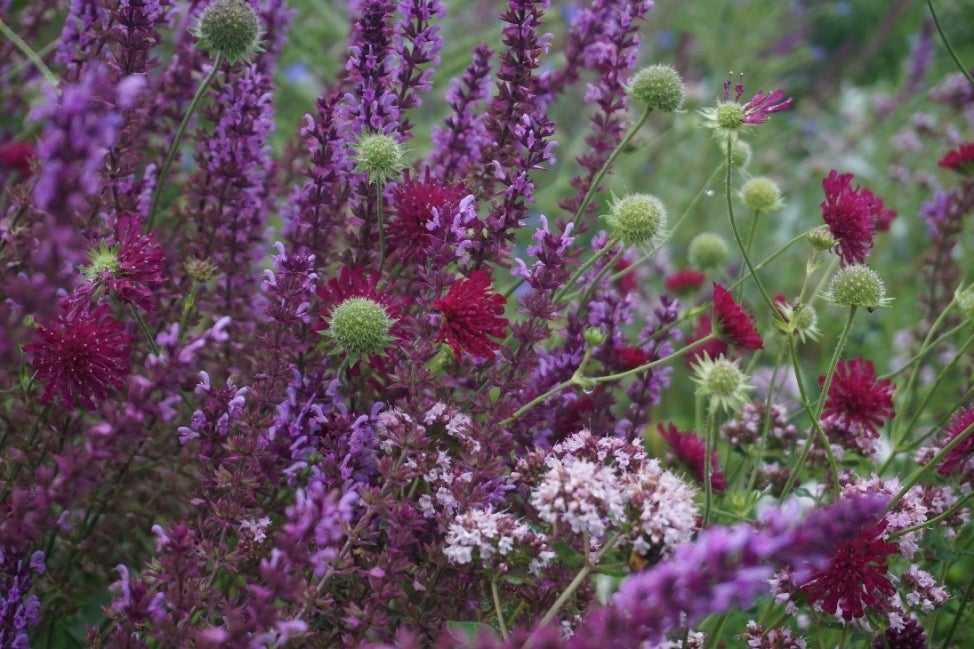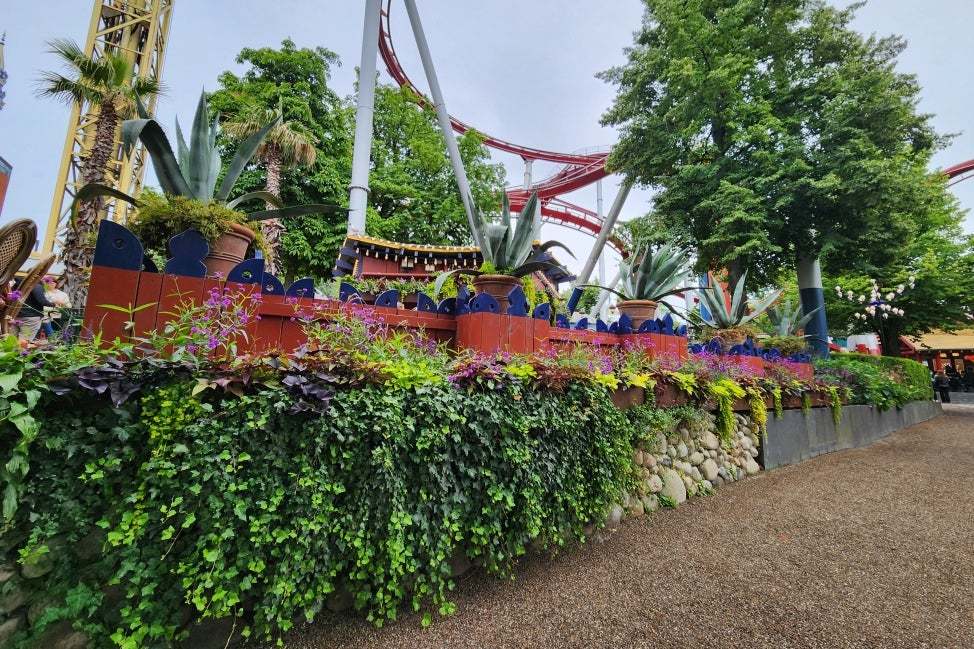Beyond the Morris: Exploring Gardens in Scandinavia
Hej hej!

This past July, I was fortunate to travel to Sweden with support from the Paul W. Meyer Extraordinary Experience Fund. Why Sweden, you may ask? I was there for a week-long University of Pennsylvania graduate course I was taking as part of my master’s degree in nonprofit leadership. It was a travel course through the Organizational Dynamics program, and we learned about strategies that have helped Sweden thrive in the 21st century. We spoke with individuals in a variety of fields—government, healthcare, military, sustainability, and more—and toured a few cultural sites. Afterward, I turned my focus to the work part of the trip and spent time at gardens and private estates in Gothenburg and Copenhagen, learning about garden design and management.
The class fell mid-summer, an opportune time for us gardeners to explore beyond the Morris’s boundaries. Spring had come and gone with a flurry of activity and summer plantings were all tucked into the beds and starting to flourish, but fall had yet to bring the next big to-do list of putting the garden to bed and prepping the holiday lights. While there is never a lack of things to do, summer is a slower time and therefore easier to pull my mind and body out of the garden for professional development, networking, and finding new inspiration.
It is valuable for horticulturists to take a step back from the daily grind. Our routines can be rote and comfortable, and that can sometimes engender the misconception that we understand the full visitor experience we provide. Visiting other gardens and being a visitor allows us to engage with the garden from the other side. It can highlight things at your own garden that you might not have thought about before. It is also helpful to learn from other professionals and see how their processes differ or match what we do. Since I have been back, I am already thinking about ways to apply what I learned, and I am so grateful for the opportunity!
Here are some of the garden highlights:
Trädgårdsföreningen
(The Garden Society of Gothenburg)
Gothenburg, Sweden
A city-owned piece of property that is free and open nearly all day, this space is right in the center of Gothenburg and a thoroughfare for many commuters or city-dwellers looking for a green respite. Founded in 1842, it is one of the most well-preserved 19th century parks in Europe today. It offers something for everyone, with an extensive rosarium, the Palm House with five different climatic rooms, large lawns, a children’s garden and playground, restaurant, and concert venue.
I loved the informational signage they had in their garden. While I needed to use my phone to translate, they had a visually cohesive presentation, were located in subtle spots, and provided informational tidbits about the choices made regarding some of their horticultural practices.
Göteborgs Botaniska Trädgård
(Gothenburg Botanic Garden)
Gothenburg, Sweden
While still in the city limits, the Gothenburg Botanic Garden is a 20-minute tram ride from some of the other busy areas of the city but worth the visit. Open 24/7 and free to the public, the garden consists of a 50-acre display garden and a 135-acre arboretum, all located within the 320-acre Änggårdsbergen nature reserve. I was fortunate enough to meet with a few people: Marika Irvine, the curator of the Alpine Collection, Kent Kainulainen, scientific curator whose focus is the arboretum, and Mikael Peterson, gardener of an area called Smith’s Hollow.
I found it interesting how they divide the maintenance of the collection and the ornamental areas into different departments. It allows different priorities to be the focus of each department while also creating space for lack of collaboration between departments.
Gunnebo Slott och Tradgårdar
(Gunnebo House and Gardens)
Mölndal, Sweden
Marika recommended I visit this estate, so I journeyed out via a short bus ride. I toured the house to escape the rain and then wandered through the formal gardens filled with terracing, hedges, matching planters, a reflecting pool, and a newly restored orangery. Downslope from the house are historical out-buildings and two large vegetable gardens. They strive to interpret 18th century life and pass on traditional crafts, with the intention that history can guide our present and future.
I am always intrigued by former estate gardens where the house is still intact since that is not the case at Morris. It is interesting to see where institutions choose to lean into the history of the landscape and where they start to blend the lines a little bit. Here they really honor the past but I love the idea of bringing it to life in order to learn from it for the future.
Statens Naturhistoriske Museum – Botanisk Have
(Denmark Natural History Museum – Botanical Garden)
Copenhagen, Denmark
Associated with the Natural History Museum and Copenhagen University, the botanical garden is both a place to enjoy a green oasis in the city and for botanical research and education. While the palm house has a small fee, the garden is free. Despite the ongoing construction, which closed off some paths and garden areas, walking around the grounds was pleasant and dotted through with some impressive views. There is also a cute little garden shop and a modern greenhouse that is open for special activities and workshops.
The plant labeling at this institution was very well-executed and reminded me of the value of labels for visitors. On the contrary, there were moments where they did detract from the aesthetics of the space.
Tivoli Gardens
Copenhagen, Denmark
Think ‘mini-Disney World’—Tivoli Gardens is the world’s second-oldest amusement park. It has rides, games, light displays, concerts and performances, shops, and numerous eateries, from ice cream and coffee shops to full restaurants. Dotted throughout all of this are different themed garden areas, like the parterre garden and the orangery, as well as beautiful planters.
This garden taught me a few things:
1. There is always room for plants, and plants done well at that.
2. Sometimes “more is more” really is the way to go.
3. Not being open to the public until 11am provides a lot of freedom in the morning to work uninterrupted.
Rosenborg Slott and Kongens Have
(Rosenborg Castle and King’s Garden)
Copenhagen, Denmark
The palace has a formal rose garden with blocks of roses or perennials planted between crosses of evergreen hedges. Adjacent to the palace grounds is the Kongens Have, a large public green space filled with turf and allées of trees. There were many people strolling through or picnicking.
I liked the striking simplicity of the rose garden, especially set against the ornate building. It shows the importance of working within the context of the setting.
















